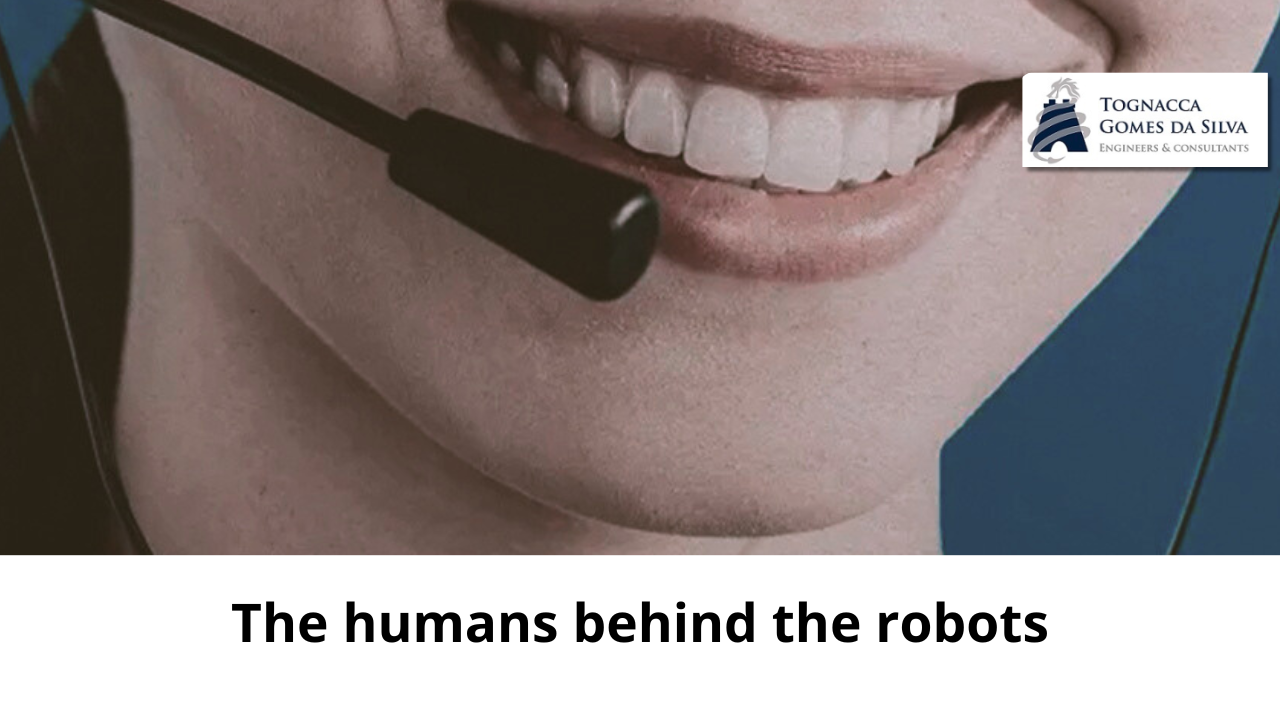Here’s a question: imagine that, for R$75,000 (approximately US$15,000), you could purchase a robot to help with routine tasks around your home. The condition, in addition to the price, is that, for 80% of these tasks, the robot’s AI training would not be sufficient for it to act alone. Instead, he would be assisted by a remote assistant in the Philippines who would help him navigate his home, clear his table or put away his shopping. Would you buy one?
This is the central question of my report for the magazine, about whether we trust humanoid robots enough to welcome them into our most private spaces. And, most importantly, how this relates to an asymmetric labor structure, in which workers in low-income countries perform physical tasks in our homes through robotic interfaces. In the story, I wrote about the robotics company Prosper and its massive effort—which includes Pixar designers and professional butlers—to design a reliable home robot called Alfie. It’s quite a journey. Read the full report here.
The article also raises a bigger question: how profound the change in work dynamics brought by robotics could be in the coming years.
For decades, robots have been successful on assembly lines and other relatively predictable environments. In recent years, however, AI has allowed them to learn new tasks quickly, expanding its applications to more complex scenarios, such as picking orders in warehouses. Now, a growing number of well-funded companies are betting on an even more revolutionary change.
Companies like Prosper believe they don’t need to build a perfect robot that can do everything itself. Instead, they can create a robot that is “good enough” but receives help from remote operators located anywhere in the world. If this approach works, it is expected that robots could take over jobs that would previously have been unthinkable for automation, such as hotel maids, hospital caregivers or domestic helpers. “Almost any physical work indoors” is on the radar, said Shariq Hashme, founder and CEO of Prosper.
Until now, automation and outsourcing were seen as separate forces in the job market. Jobs could be outsourced overseas or lost to automation, but not both. A job that couldn’t be sent to another country and couldn’t yet be fully automated, like cleaning a hotel room, remained safe. However, advances in robotics promise to change this, allowing employers to outsource such functions to low-income countries without the need for full automation.
Of course, the challenges are immense. Despite advances, robots still find it difficult to move around in complex environments such as hotels and hospitals, even with assistance. This will take years to improve. However, developments in robot mobility and the systems that connect them to remote operators should make these bets viable in the future.
If they become reality, these changes would have profound implications. First, the labor movement would face new battles with AI. It wouldn’t just be dockers, delivery drivers and artists looking to protect their jobs, but also hospitality workers, domestic helpers and many others.
Second, our expectations about privacy would radically change. Consumers of these domestic robots would need to accept that strangers, on the other side of the world, would have access to their most intimate spaces.
Some of these changes may occur faster than we imagine. For robots to learn to navigate environments efficiently, they need training data, and 2024 has already seen a race to collect more comprehensive data sets. Companies looking to train teleoperated robots should expand their collection to hospitals, workplaces, hotels and other locations.
An analysis by the Data Provenance Initiative, a group of more than 50 researchers, revealed the origins of 4,000 public datasets that power the most advanced AI models. The study showed that more than 90% of this data comes from Europe and North America, while more than 70% of the speech and image datasets come from YouTube. This geographic and platform concentration may limit the diversity of perspectives incorporated into AI models, a risk that deserves attention.
( fonte: MIT Technology Review)



